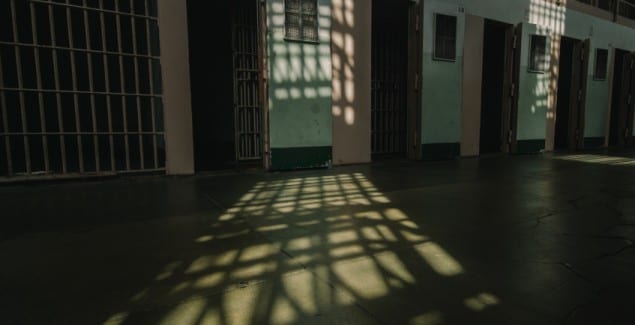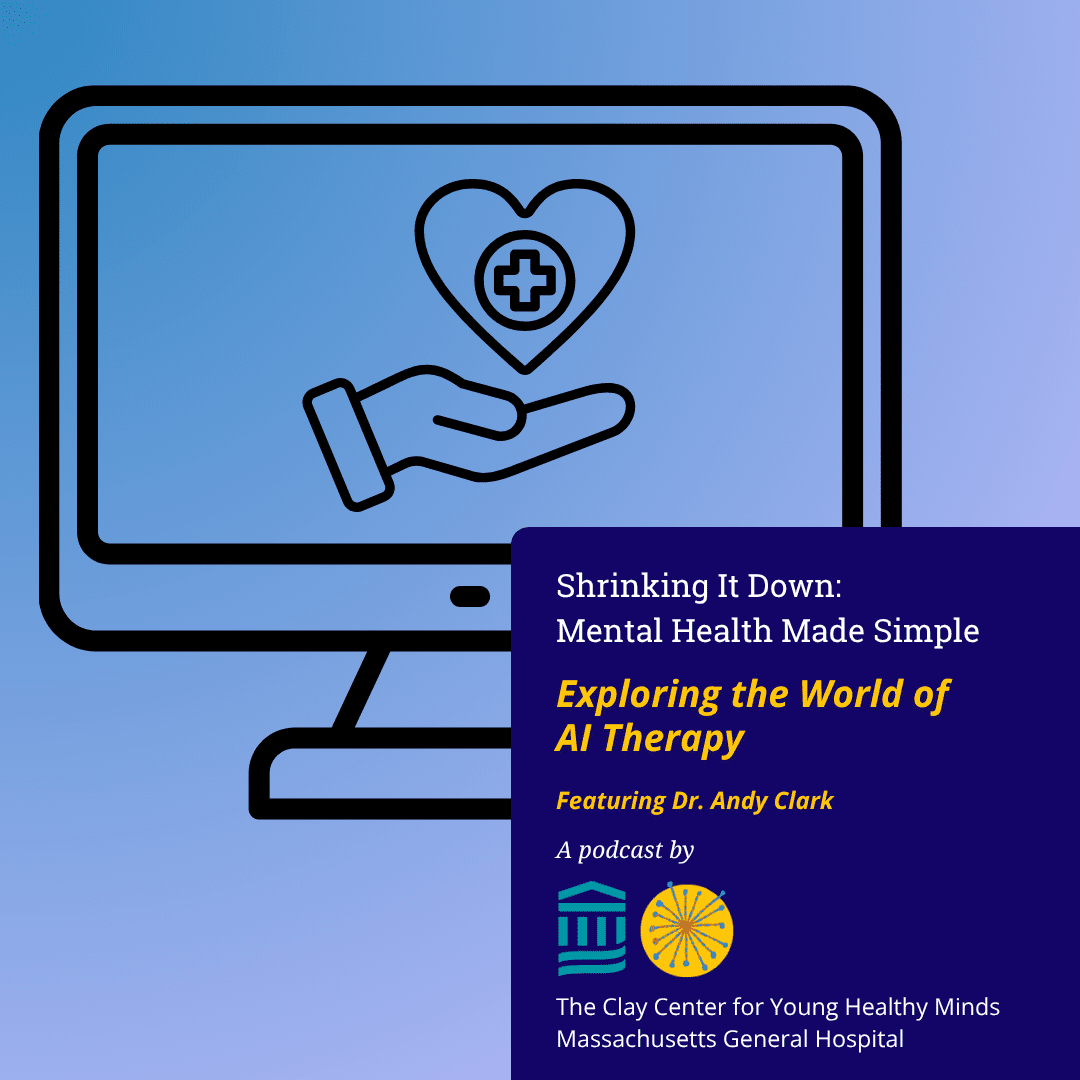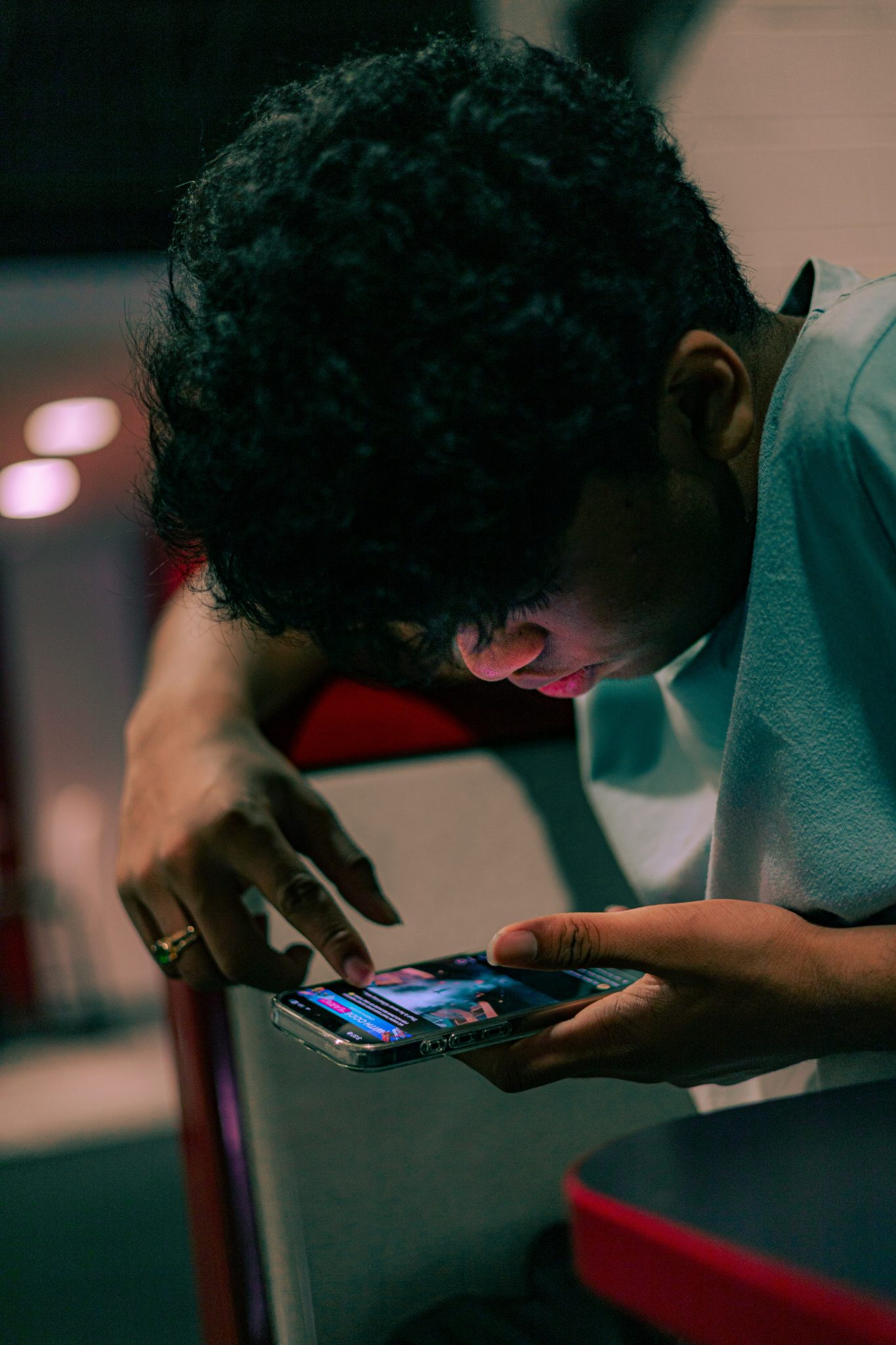Mental Illness And Society: Prisons, Rehabilitation And Prevention

Posted in: Hot Topics
Topics: Hot Topics, Mental Illness + Psychiatric Disorders
Our prisons are loaded with teenagers and adults who suffer from psychiatric disorders.
Kids who are incarcerated have a 60% or higher rate of psychiatric syndromes according to most studies—this is roughly three times higher than the 20% of kids with psychiatric illness who are currently not incarcerated. How can we understand these numbers?
Psychiatrists, researchers, sociologists and criminologists agree that many children and adolescents in detention centers have a mental illness. These scholars will further note that psychiatric illness correlates with a higher rate of delinquent behavior. However, we need to be careful about using these numbers to suggest that psychiatric illnesses alone are among the major causes of the alarmingly high rate of incarcerated children. Things are simply more complicated than this.
For example, psychiatric illnesses are also associated with a number of other risk factors; poverty, domestic violence and low socio-economic status all correlate strongly with legal difficulties, as well as with psychiatric illness. Still, many more offenses are committed by youth without mental illness overall. So, it is misleading and oversimplified to suggest that mental illness as such causes criminal behavior.
Among the many illnesses from which kids suffer, depression and other mood disorders, anxiety disorders, post-traumatic stress disorder, learning disabilities and substance abuse are dominant. In fact, all of these conditions play a role in the sad story we saw of Jimmy Moran.
What makes this especially sad? It turns out that many of these conditions can be prevented, or at least alleviated, through early detection and intervention. Tragically, few of these kids seek help. Many, including their parents, are not aware of the signs or symptoms of mental illness, and some just can’t afford treatment even if they wanted to get help. Insurance is shaky, costs are high and child mental health clinicians are in short supply. Add to these barriers the ever-present walls of stigma, and it’s no wonder many kids go without appropriate help.
None of this would matter if psychiatric illness couldn’t be helped. However, there exists clear and compelling evidence that recognition and treatment can make an enormous difference. Research shows that for delinquent teens in treatment, the rate of repeat offenses is about 25% lower than those who have not had mental health care. That’s a huge potential reduction that goes unrecognized, and therefore, unaddressed.
To compound the problem, a large number of youth who commit serious offenses nationwide are sent to adult courts. From a neurobiological standpoint, this makes no sense. The Juvenile Court System was set up over 100 years ago specifically to treat kids differently. That is, adolescents were treated as being not as competent in their ability to act appropriately and legally as were adults who committed the same offenses. What the justice system sensed a century ago has now been proven through cutting edge neuroscience—that we really don’t develop brains with the same inhibitions that we associate with adulthood until around 23.
So, kids in legal trouble are hit with a quadruple whammy: they are biologically immature but often tried as adults, they are prone to impulsive behavior with a limited ability consider consequences before acting, they are impaired psychiatrically, and they are often placed into systems of care that provide limited, if any, treatment.
Given these limitations, when teens are placed in adult prison settings, they are at even greater risk. They are put in situations with hardened adult criminals who may abuse or negatively influence them, perhaps creating greater risk of a future riddled with criminal behavior. And, the brain development of incarcerated teens is therefore ripe for undue influence and pressure. Why would we expose the most vulnerable brains to the most trying of circumstances? Doesn’t that stack the deck AGAINST kids ever getting or behaving better?
The reasons for these clear missteps are complex and mutifaceted, but most likely include the following issues:
- There have been significant cutbacks in mental health services in the schools and community that had been in place precisely to keep kids out of prison, and to engage them in appropriate treatment settings.
- The political landscape of our society has changed dramatically since the beginning of the Juvenile Justice System, and many legislators simply want to treat criminal offenses regardless of age—as if kids were adults despite evidence to the contrary.
- The stigma of mental illness disregards these conditions as bone fide medical problems, and incorrectly views psychiatric disorders as moral problems, personal issues, or essentially untreatable biological failings—as if the brain weren’t an organ in the body, or worse, that it could never heal or be healed.
The Lack Of Mental Health Services:
Over the last 25 years, funding for mental health services in communities, juvenile detention centers and prisons has been cut back dramatically. Many states have tried to increase services for youth and families, as studies have clearly demonstrated that paying additional costs up front will have profound effects on the future. Criminal behavior without question costs more to society than does treating psychiatric illness; however, it is an uphill battle. Frankly, many of our leaders seem short-sighted on these key issues. Mental health treatment is effective and essential to a sane and modern society, and yet, there is a deplorable lack of funding or access to these services for huge swaths of our juvenile population.
Access Problems:
Shortage Of Providers:
At this time, there are about 7000 child and adolescent psychiatrists to care for 20-30 million youth who have serious mental illness. There are only about an additional 6000 psychologists trained to work with youth and families. Child and adolescent psychiatry is the number one shortage specialty in the United States (if not the world!). And, to make matters worse, we graduate only about 320 new child and adolescent psychiatrists a year. The rate of retirement among baby boomers is far exceeding the capacity for our nation to generate new clinical child psychiatrists. The numbers of trained social workers and mental health counselors to help delinquent kids are also exceedingly low.
Poor Insurance Coverage:
Insurance coverage for mental illness is woefully inadequate. While many insurance companies claim there is “parity” for psychiatric problems, what this really means is that a kid with a “biological” condition (like depression, anxiety, PTSD) can have unlimited visits of 15-20 minutes for medications alone. Therapy visits are restricted to at most, 24 visits per year. So, what the insurance industry has done, is foster a climate of medicating kids, and limiting the amount of time given for psychotherapy for kids and families. Virtually, all studies about the treatment of psychiatric disorders tell us the same thing—that therapy combined with medications for many disorders is better than either alone.
Fewer Treatment Facilities:
In recent years, inpatient and partial hospital (day program) beds have been cut way back. There are fewer treatment centers for aggressive youth, particularly with substance abuse problems. And, there are far fewer “wrap around services”—that is, services that form a connection between hospitalization, residential care (or halfway houses), day programs and outpatient openings that address the many personal, family and educational problems of these youth.
Given the shortage of trained professionals, the drastic cutback in state and federal funding for mental health, and fewer services and providers, how can we possibly work toward prevention, early intervention and treatment for our youth?
Are we not fostering suffering, and possibly delinquent behavior, by avoiding a very real and common problem?
This is the third in a series of blog posts about the teenage brain written to accompany a two-part broadcast on PBS, “Brains on Trial with Alan Alda.” For more information, or to watch the episodes, go to http://brainsontrial.com/.


 Share
Share Tweet
Tweet






